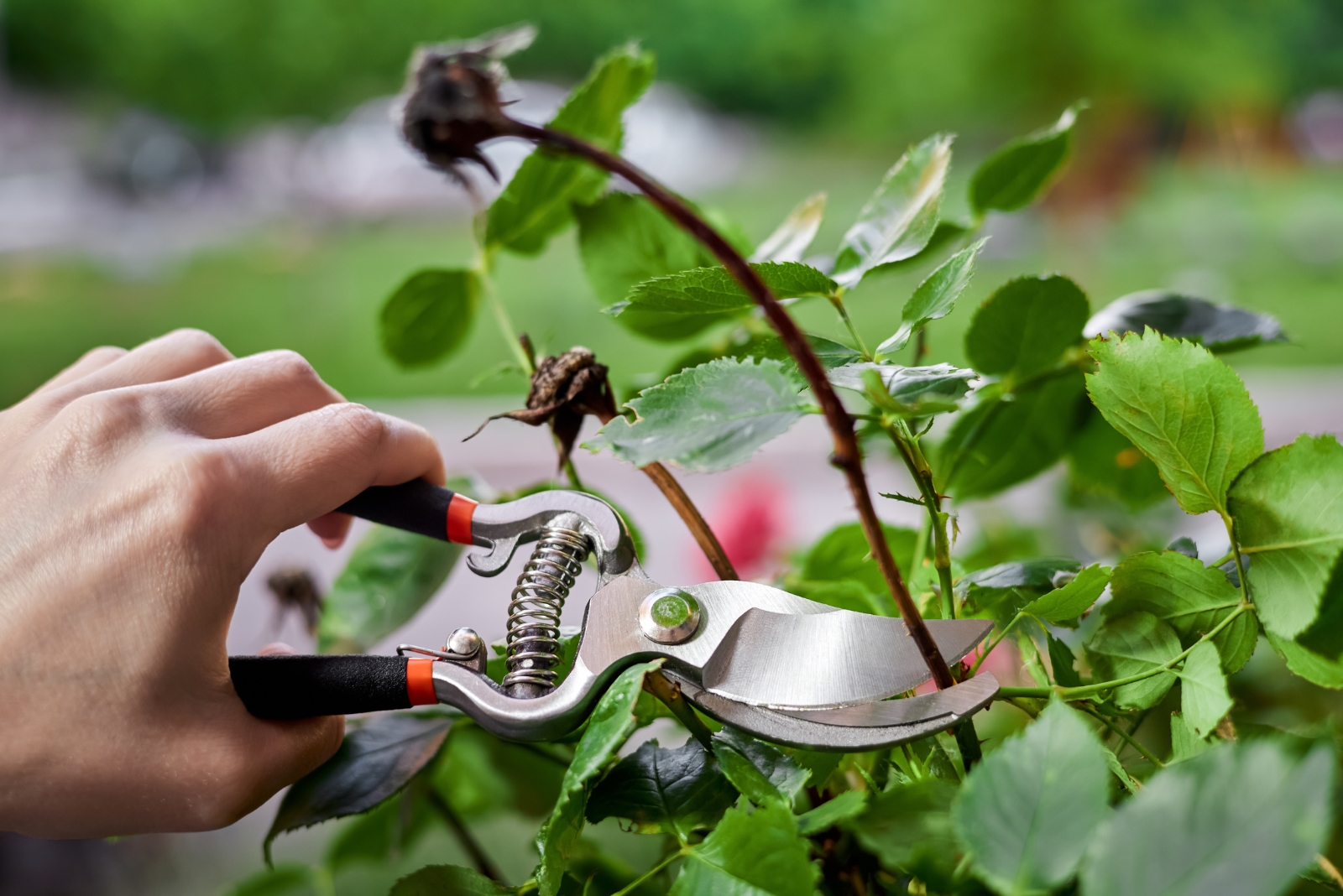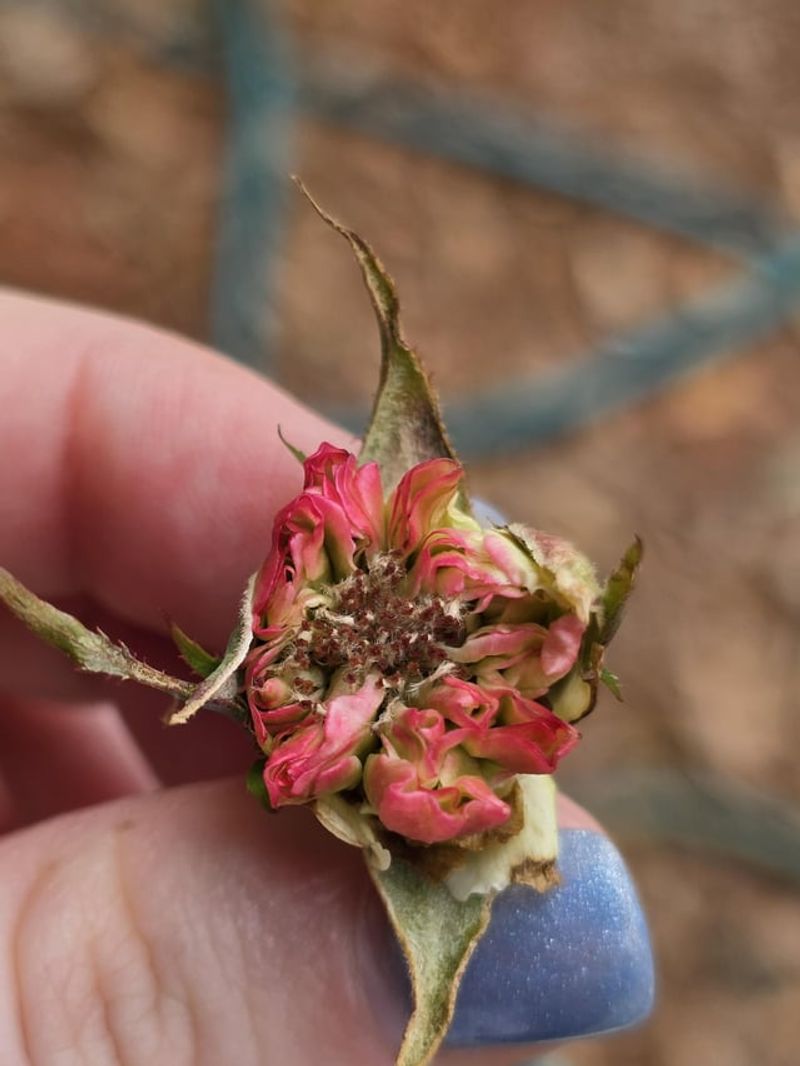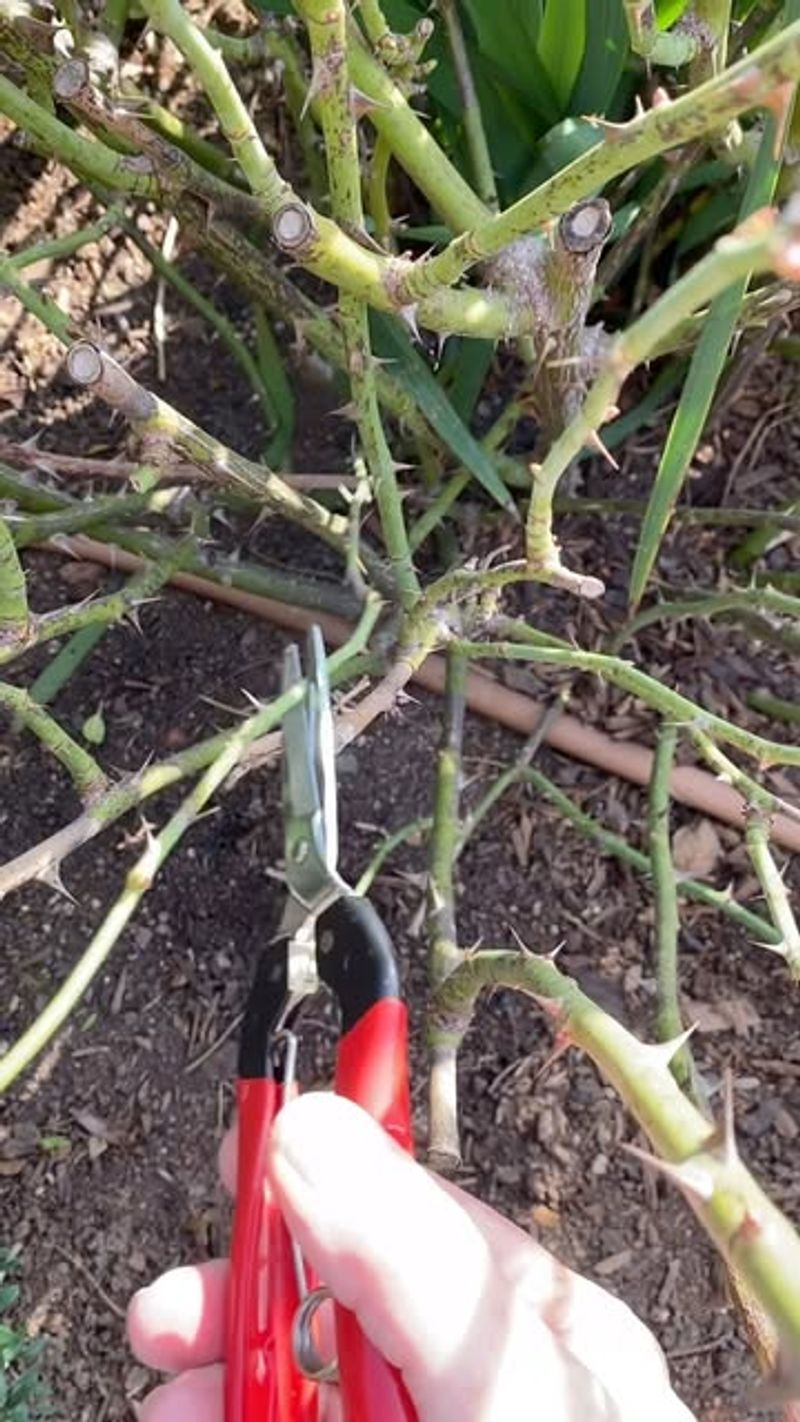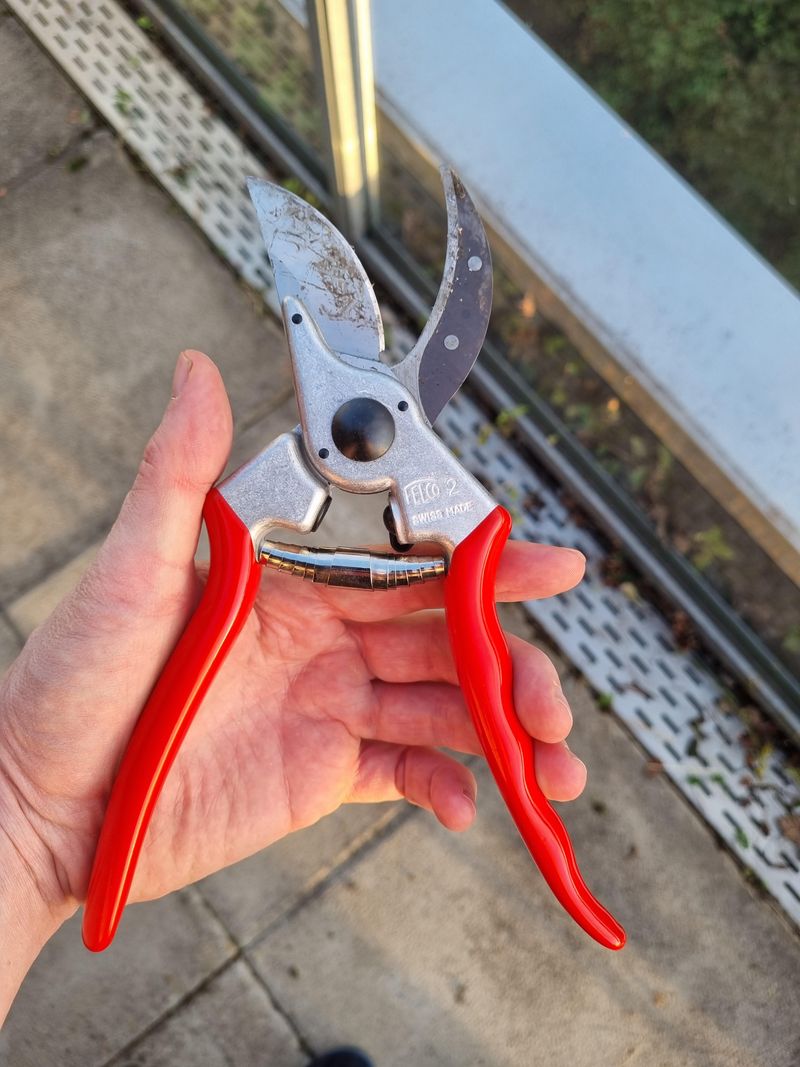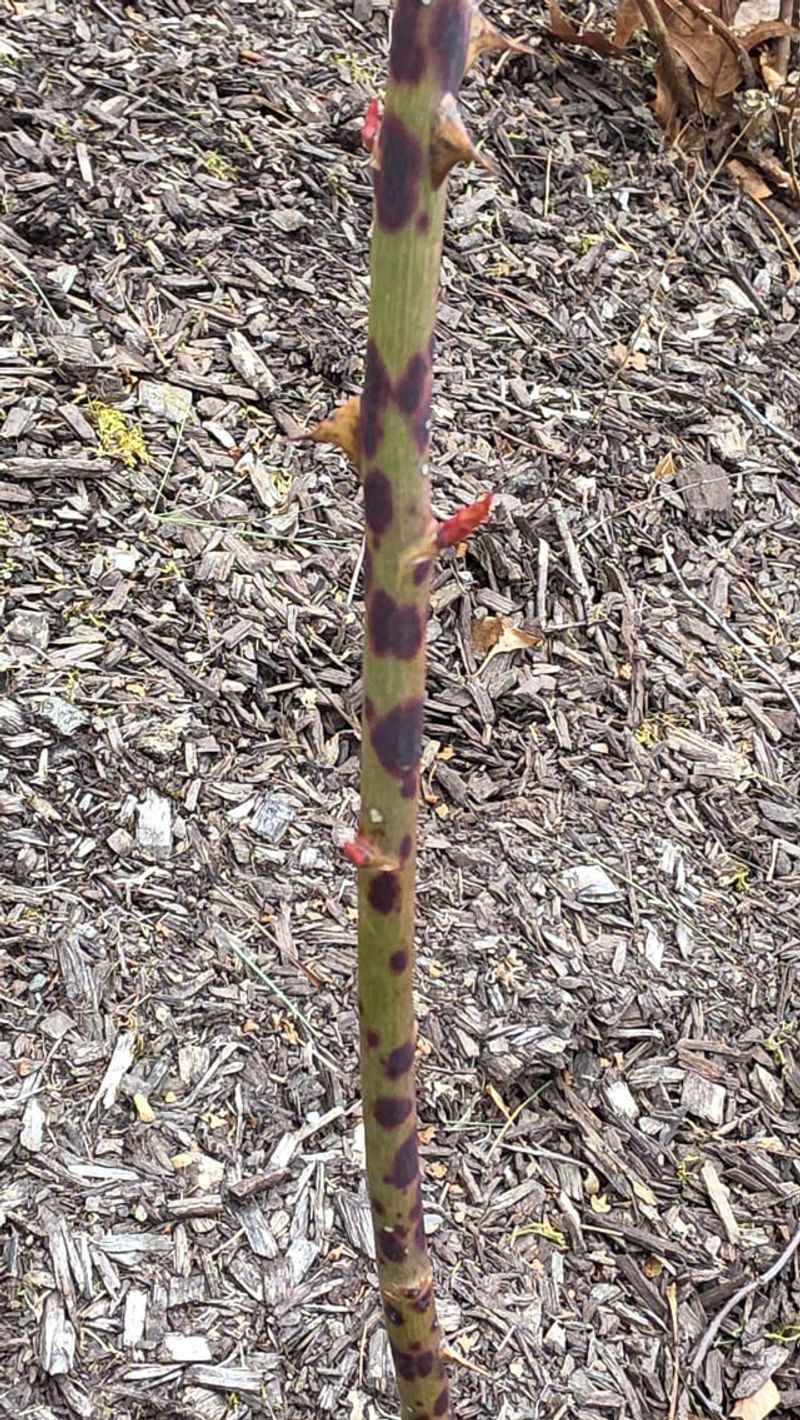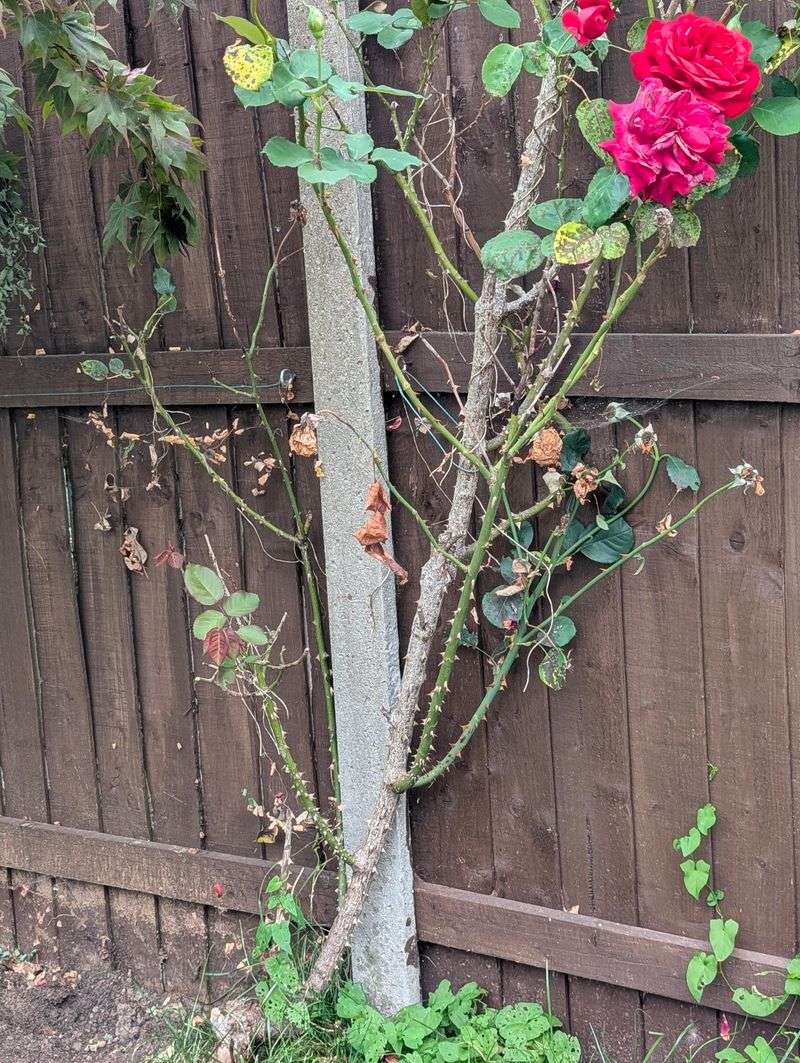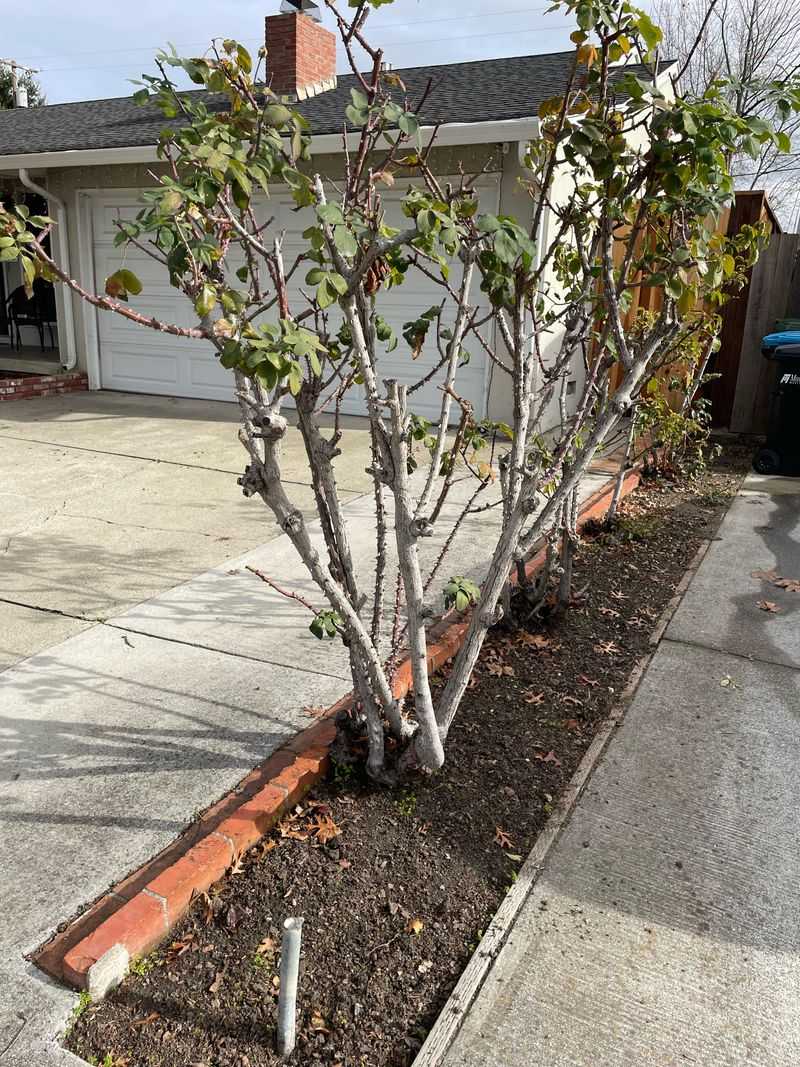Pennsylvania winters already give roses a tough time, and one wrong trim can make the season even harder for them.
I’ve made a couple of those mistakes myself and regretted it every time. The trick is knowing what to avoid before the cold settles in. Let’s walk through the slip-ups that can really set roses back.
1. Pruning Too Late in the Fall
Late fall pruning encourages fresh growth that won’t survive Pennsylvania’s freezing temperatures. When you cut roses in October or November, the plant thinks it’s time to produce new shoots. Unfortunately, these tender stems have no chance against winter’s harsh conditions.
Your roses need time to go dormant before the first hard frost hits. Wait until late winter or early spring when temperatures start warming up consistently in your area.
2. Cutting Back Too Much Growth
Removing more than one-third of your rose bush before winter weakens the entire plant. Many Pennsylvania gardeners make the mistake of cutting roses way back, thinking they’re protecting them. Actually, those canes provide insulation and protection from wind and cold.
The more wood you remove, the more stress you put on the root system during dormancy. Save major pruning for spring when your roses can recover quickly with warm weather and active growth.
3. Using Dull or Dirty Pruning Tools
Jagged cuts from dull shears create openings where disease and insects can attack your roses. Clean, sharp cuts heal faster and seal properly before Pennsylvania’s winter weather sets in. Dirty tools spread fungal spores and bacteria from one plant to another.
Always sharpen your pruners before working on roses, and wipe the blades with rubbing alcohol between cuts. Your plants will thank you with healthier growth and fewer problems when spring arrives in your garden.
4. Leaving Dead or Diseased Wood Behind
Black spot, canker, and other diseases overwinter on dead canes you leave attached to your roses. Pennsylvania’s wet fall weather creates perfect conditions for fungal problems to spread throughout your garden. Dead wood also attracts pests looking for shelter during cold months.
Remove any brown, shriveled, or spotted canes completely, cutting back to healthy white or green tissue. Bag up and throw away diseased material instead of composting it to prevent reinfection next season.
5. Making Cuts in the Wrong Location
Cutting too close to a bud damages it, while cutting too far away leaves a stub that dies back and invites disease. Pennsylvania rose growers should make cuts about a quarter-inch above an outward-facing bud at a slight angle. The angle helps water run off instead of pooling on the cut surface.
Wrong placement weakens your roses and creates entry points for winter damage. Take your time and position each cut carefully for the healthiest results.
6. Pruning During Warm Winter Spells
Pennsylvania weather can be unpredictable, with warm days tempting gardeners to start pruning early. When temperatures spike in January or February, roses may break dormancy if you prune them. New growth triggered by pruning will get killed when cold weather returns, severely weakening the plant.
Resist the urge to work on your roses during unseasonably warm periods. Wait until you’re consistently past the last frost date for your specific area before picking up those pruners.
7. Forgetting to Protect Fresh Cuts
Exposed cuts are vulnerable to Pennsylvania’s freeze-thaw cycles that can split canes and damage tissue. While pruning sealant isn’t always necessary, protecting major cuts on thick canes helps prevent problems. Winter moisture can also penetrate open wounds, causing rot from the inside out.
Consider applying pruning sealer to cuts larger than a pencil width, especially on valuable or struggling roses. Proper protection gives your plants the best chance of surviving until spring growth begins again.

